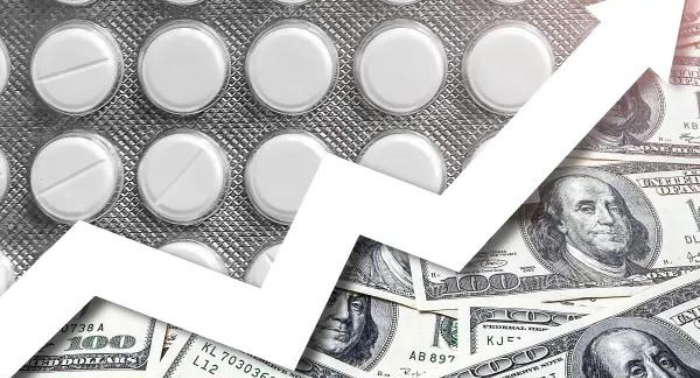Last year, pharmaceutical companies in the United States introduced new drugs at prices that were 35% higher than those in 2022, signaling a trend toward more expensive therapies, particularly for rare diseases such as muscular dystrophy, according to an analysis by Reuters.
The median annual list price for a newly launched drug in 2023 stood at $300,000, up from $222,000 the previous year. A study published in JAMA reported that the median annual price for drugs introduced through mid-July 2021 was $180,000.
Over half of the new products approved by the Food and Drug Administration (FDA) in 2023 and 2022 were designated for orphan diseases, affecting fewer than 200,000 Americans. This proportion is slightly higher than the 49% observed in the preceding five years.
Dan Ollendorf, the chief scientific officer at the Institute for Clinical and Economic Review (ICER), expressed concern over the rising prices of drugs, particularly for rare diseases and cancer treatments. He noted that while high prices may be justified for drugs offering significant value to patients, the continuous upward trend lacks a clear rationale.
The Reuters analysis focused on 55 novel drugs approved by the FDA in 2023, excluding vaccines and intermittently used drugs like Pfizer’s COVID-19 antiviral Paxlovid. Among the medications analyzed, the highest annual price was $1.8 million for Regeneron’s Veopoz, a treatment for CHAPLE disease, while the lowest was $576 for TheracosBio’s diabetes drug Brenzavvy.
TheracosBio’s unconventional pricing strategy for Brenzavvy aims to disrupt the traditional drug contracting model by offering the medication at a substantially lower price compared to competitors. Although it is still early to evaluate the success of this approach, TheracosBio CEO Brian Connelly noted an increase in Brenzavvy sales.
Gene therapies, which are one-time treatments, also command high prices, ranging from $2.2 million for Vertex and CRISPR’s sickle cell disease treatment Casgevy to $3.2 million for Sarepta’s muscular dystrophy therapy Elevydis.
The U.S. government provides various incentives to drug manufacturers for developing treatments for rare diseases, including market exclusivity, fee waivers, funding for research and development, and tax credits. However, these incentives have contributed to the proliferation of high-priced drugs in the market.
While the 2022 Inflation Reduction Act imposes limits on price hikes for drugs covered under Medicare, it does not restrict pricing for new medicines, potentially encouraging companies to launch products at high prices.
Despite the high list prices, drugmakers argue that patients may benefit from savings programs, discounts, and rebates, while new medicines may offer cost-saving advantages such as reduced hospital visits.
Looking ahead, as patents expire, the introduction of lower-cost generics may help mitigate prescription drug price inflation. However, pharmaceutical companies continue to face scrutiny over the affordability and accessibility of their products amidst ongoing debates on healthcare policy and pricing regulations.




